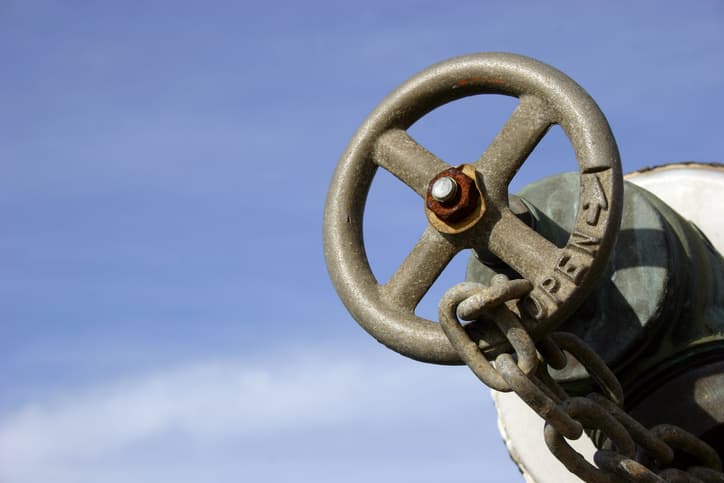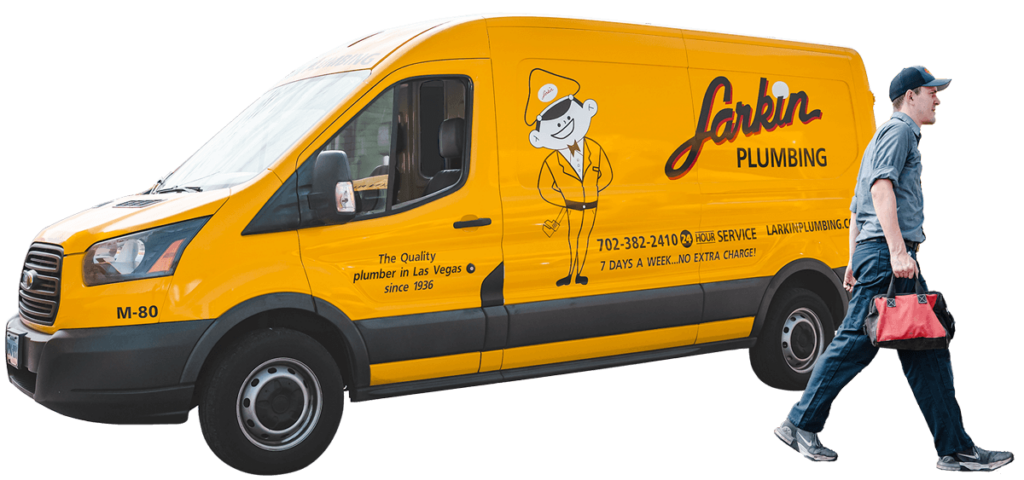
Safety and the mechanisms that are designed to maintain it are integral parts of the devices we use daily. They are at work, even if we don’t always know what they are. A pressure relief valve is a perfect example of something that keeps us safe but that we most likely know little about.
These devices have been in use for several centuries and are now found in a wide array of industries and equipment. They are common in both commercial and residential areas.
What is a pressure relief valve?
The pressure relief valve does precisely what its name implies: It functions as a safety against pressurized objects becoming over-pressurized. It discharges any excess buildup of pressure to prevent containers from rupturing. The valve has become an essential part of any pressurized system.
What is the purpose of a pressure relief valve?
Ultimately, this can be summed up in one word: safety. Though there are different types of pressure relief valves, each one is designed with the primary function of protecting everything surrounding it by preventing excess pressure build-up. Once the pressure relief valve identifies limits exceeding capacity—or overpressure—it opens to allow the excess to disperse safely.
Types of Pressure Relief Valves
As you might imagine, the centuries formed the pressure release valve into multiple iterations. Today, there are several types of relief valves in use. There are four commonly used designs, each distinct by its mechanisms and functional operations.
Electric pressure relief valve
This is the most advanced system and relies on the use of solenoid valves. These control whether or not to activate the relief valve and allow pressure to release. All of the electronic sensors are connected to multiple direct-acting relief valves that will trigger to allow the pressure to ease.
Balance pilot-operated pressure relief valve
With this design, the relief valve features an inlet, outlet, and two valves called poppets. This type of relief valve is ideal for hydraulic systems because they limit heat buildup. The two poppets work to create a balanced pressure system that utilizes a smaller pressure override.
Remote-operated pressure relief valve
Although very similar to the balance pilot-operated pressure relief valve, this unit has one distinct difference. It contains a valve with a vent and is connected to an operator’s console.
Direct-acting pressure relief valve
This valve is distinct due to its simple setup. It consists of an outlet, inlet, and flow control mechanism. An adjustable spring supports the structure. Additionally, there are internal and external designs.
How to open a pressure relief valve?
Though there are several different valves, there is generally one simple answer to how to open a pressure relief valve: excess pressure. While a system is operating within its limits, the pressure relief valve will remain closed. It’s only when a system begins to exceed its typical functions that the valve will open. When this happens, the excess pressure will trigger the piston on the valve to contract the spring and open the valve.
Benefits of Hiring a Local Plumber
When it comes to the safety of your home or business, and the people in them, it’s always wise not to leave anything to chance. Though a pressure relief valve is a small part of a greater system, there can be catastrophic consequences if it fails. Hiring a professional plumber can have numerous upsides when handling issues around your pressure relief valve.
Knowledge
Even simple things, like pressure relief valves, can have many working parts. Most of us don’t really understand how to open a pressure relief valve and work on them. This isn’t the case with a professional plumber. They understand the functions and how to work on a plumbing pressure relief valve. This knowledge isn’t always something you can manage yourself by watching videos.
Accountability
A significant problem that many of us find when working on plumbing issues ourselves is we make the problem worse. Then we are left to clean up a bigger mess. A pressure relief valve can lead to larger issues if not properly maintained and serviced.
Using a professional plumber that is knowledgeable and licensed can ease your worries. Plumbers come with years of experience that give them problem-solving abilities you may not have.
Access
Another issue that often arises when wanting to work on a project yourself is time and access to the job. Professional plumbers don’t have this problem. Quality plumbers often offer 24/7 emergency services. Hiring a professional frees up your time and allows them to handle all your pressure relief valve issues.
The Bottom Line
We hope this article has answered a few of your questions like, “What does a pressure relief valve do” or, “How does a pressure relief valve work?” These simple mechanisms are in several of the systems we use daily. If you feel your pressure relief valve might need maintenance, contact your local plumber today.

